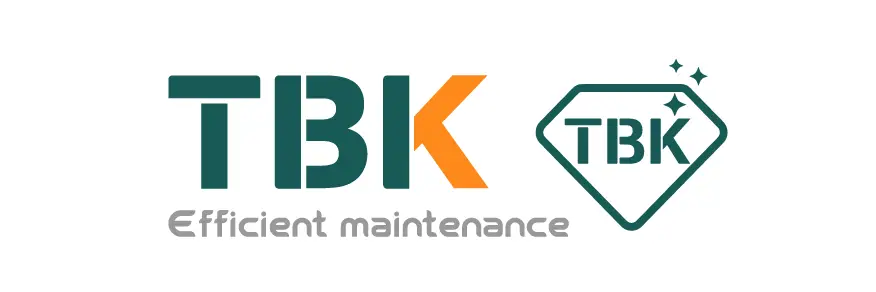Breaking Down The Mechanics Of Display Flex Bonding Machines
Imagine a world without smartphones, tablets, or laptops. It's hard to picture, right? Our modern lives are deeply intertwined with technology, and one crucial component of these devices is the display. Displays need to be flexible, durable, and seamlessly integrated into the device. That's where display flex bonding machines come into play. These intricate machines take the display assembly process to the next level, ensuring a high-quality end product.
SymbolsUnderstanding Display Flex Bonding Machines
Display flex bonding machines are a vital part of the manufacturing process for electronic devices with flexible displays. These machines are responsible for bonding the flexible display to the device's body, creating a seamless and durable connection. The process involves carefully aligning the display with the device's frame, applying the bonding materials, and curing them to create a strong bond. Display flex bonding machines use advanced technology and precise mechanisms to ensure the display is securely attached to the device, guaranteeing a high-quality end result.
SymbolsComponents of Display Flex Bonding Machines
Display flex bonding machines consist of several key components that work together to bond the display to the device. One essential component is the alignment system, which ensures that the display is properly positioned before bonding. This system uses sensors and actuators to adjust the display's position with micrometer precision. Another crucial component is the bonding head, which applies the bonding materials to the display and cures them to create a strong bond. The bonding head is equipped with heating elements and pressure sensors to ensure the bonding materials are applied correctly and evenly. Additionally, display flex bonding machines feature control systems that manage the bonding process, monitor the machine's performance, and make adjustments as needed to ensure optimal results.
SymbolsWorking Process of Display Flex Bonding Machines
The working process of display flex bonding machines is a precise and intricate operation that involves several steps. First, the display is aligned with the device's frame using the alignment system. Once the display is in position, the bonding head applies the bonding materials to the display, ensuring that they are spread evenly and at the correct temperature. The bonding head then applies pressure to the display to bond it to the device's frame, creating a strong and durable connection. Finally, the bonding materials are cured using heat and pressure, completing the bonding process. Throughout the entire process, the control system monitors the machine's performance, making adjustments as needed to ensure a high-quality bond.
SymbolsBenefits of Using Display Flex Bonding Machines
There are several benefits to using display flex bonding machines in the manufacturing process of electronic devices. One of the primary benefits is the high level of precision and accuracy that these machines offer. Display flex bonding machines can align displays with micrometer precision, ensuring a perfect fit every time. Additionally, these machines can apply bonding materials evenly and at the correct temperature, resulting in a strong and durable bond. Another benefit of using display flex bonding machines is the efficiency they provide. These machines can bond displays quickly and efficiently, increasing production rates and reducing costs. Overall, display flex bonding machines play a crucial role in ensuring the quality and reliability of electronic devices with flexible displays.
SymbolsFuture of Display Flex Bonding Machines
As technology continues to evolve, so too will display flex bonding machines. Manufacturers are constantly researching and developing new technologies to improve the bonding process and enhance the quality of flexible displays. One potential area of growth is the use of advanced materials for bonding, such as conductive adhesives and flexible substrates. These materials could improve the durability and flexibility of displays, creating new possibilities for device design. Additionally, advancements in automation and robotics may streamline the bonding process, making it faster and more efficient. Ultimately, the future of display flex bonding machines looks bright, with innovations on the horizon that will further push the boundaries of display technology.
In conclusion, display flex bonding machines are essential tools in the manufacturing process of electronic devices with flexible displays. These machines use advanced technology and precise mechanisms to bond displays to device bodies, ensuring a high-quality end product. By understanding the components, working process, benefits, and future of display flex bonding machines, we can appreciate the vital role they play in the world of display technology. As technology continues to advance, display flex bonding machines will undoubtedly evolve to meet the demands of the ever-changing electronics industry.






























